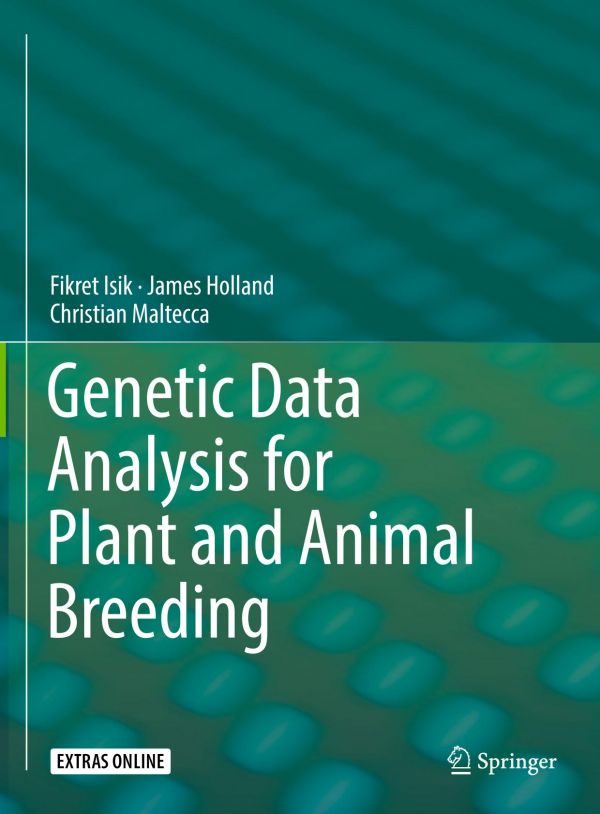

Most ebook files are in PDF format, so you can easily read them using various software such as Foxit Reader or directly on the Google Chrome browser.
Some ebook files are released by publishers in other formats such as .awz, .mobi, .epub, .fb2, etc. You may need to install specific software to read these formats on mobile/PC, such as Calibre.
Please read the tutorial at this link: https://ebookbell.com/faq
We offer FREE conversion to the popular formats you request; however, this may take some time. Therefore, right after payment, please email us, and we will try to provide the service as quickly as possible.
For some exceptional file formats or broken links (if any), please refrain from opening any disputes. Instead, email us first, and we will try to assist within a maximum of 6 hours.
EbookBell Team

0.0
0 reviewsThis book fills the gap between textbooks of quantitative genetic theory, and software manuals that provide details on analytical methods but little context or perspective on which methods may be most appropriate for a particular application. Accordingly this book is composed of two sections. The first section (Chapters 1 to 8) covers topics of classical phenotypic data analysis for prediction of breeding values in animal and plant breeding programs. In the second section (Chapters 9 to 13) we provide the concept and overall review of available tools for using DNA markers for predictions of genetic merits in breeding populations. With advances in DNA sequencing technologies, genomic data, especially single nucleotide polymorphism (SNP) markers, have become available for animal and plant breeding programs in recent years. Analysis of DNA markers for prediction of genetic merit is a relatively new and active research area. The algorithms and software to implement these algorithms are changing rapidly. This section represents state-of-the-art knowledge on the tools and technologies available for genetic analysis of plants and animals. However, readers should be aware that the methods or statistical packages covered here may not be available or they might be out of date in a few years. Ultimately the book is intended for professional breeders interested in utilizing these tools and approaches in their breeding programs. Lastly, we anticipate the usage of this volume for advanced level graduate courses in agricultural and breeding courses.